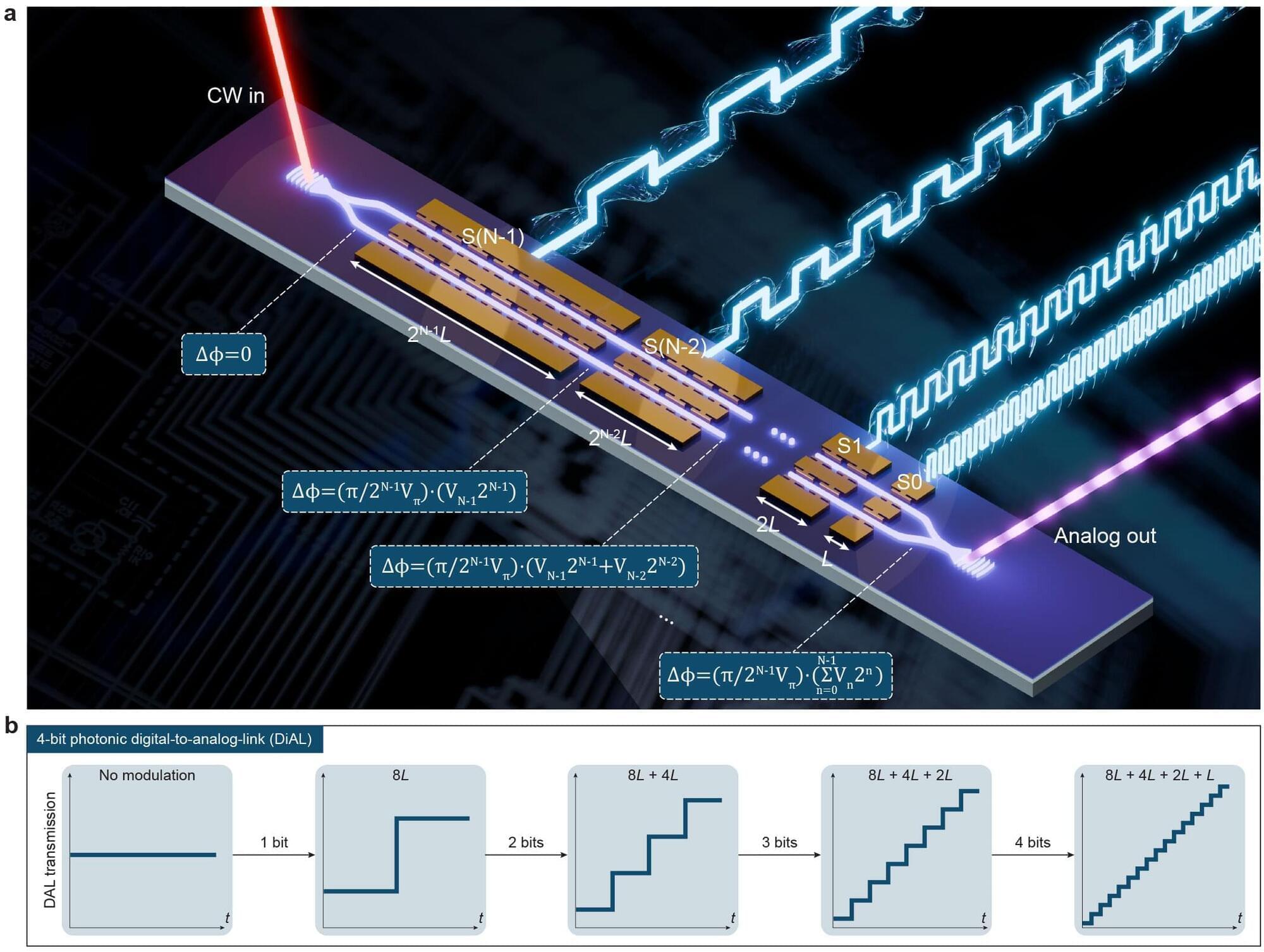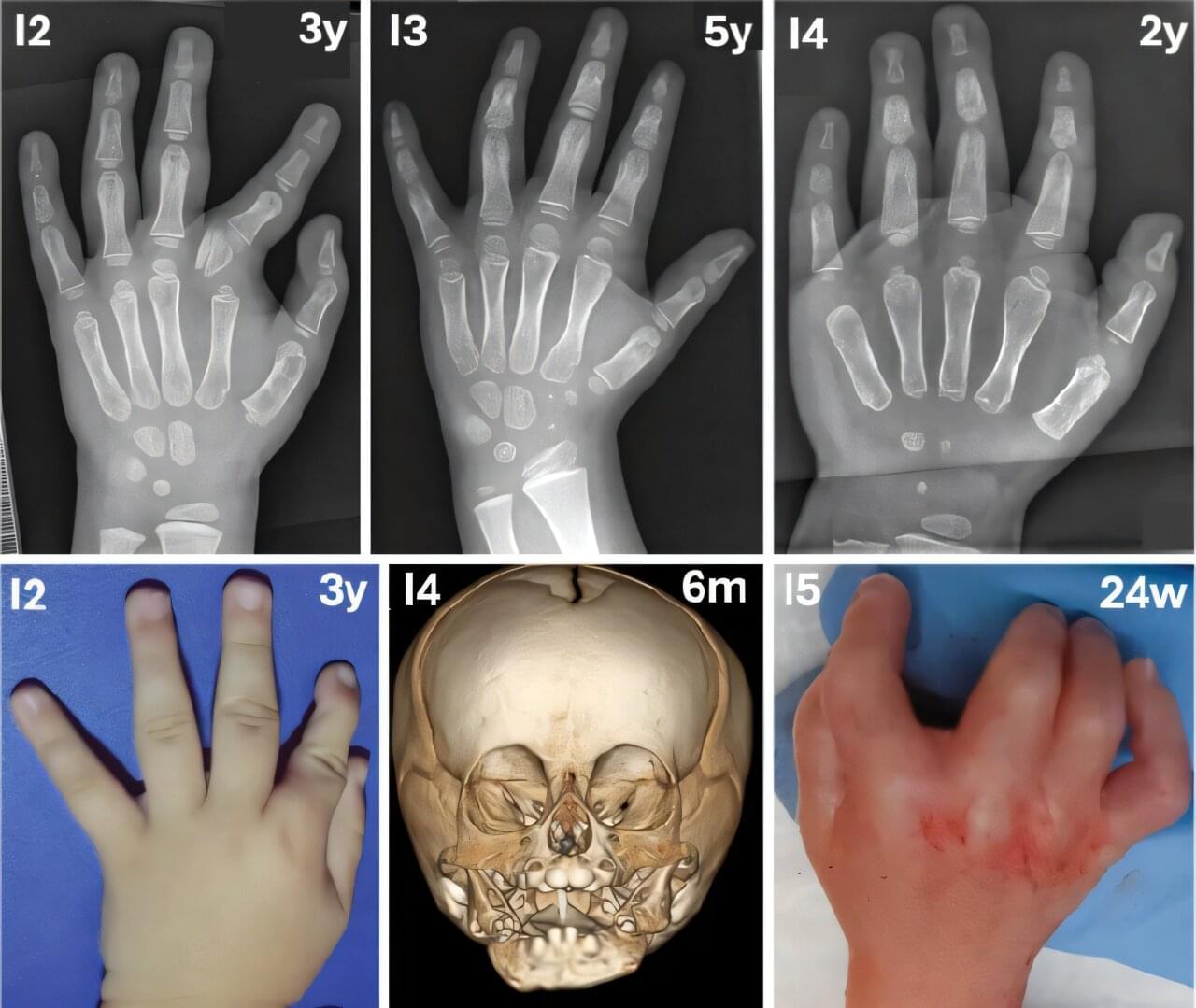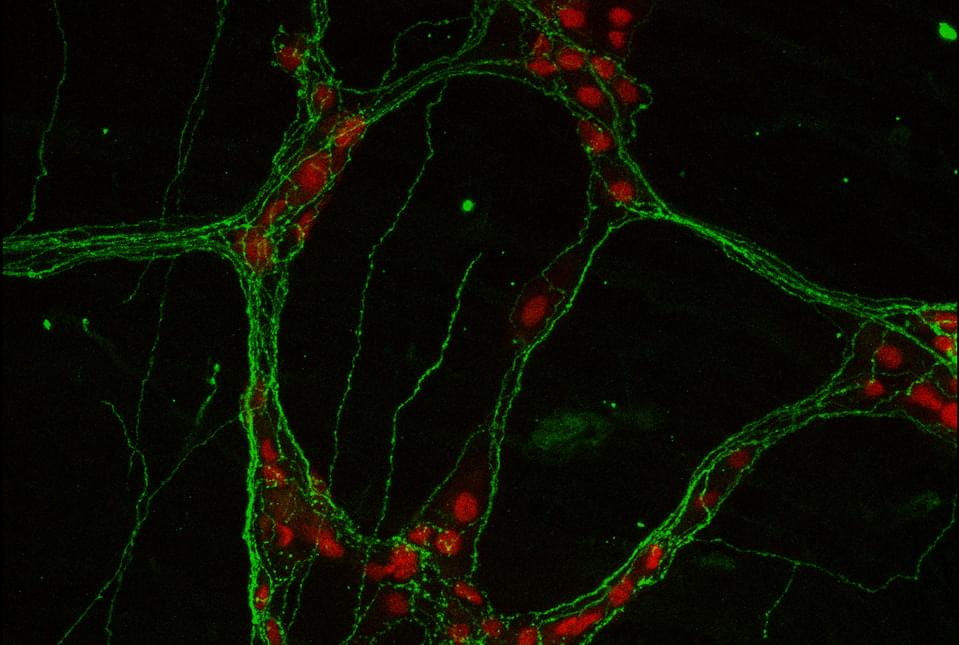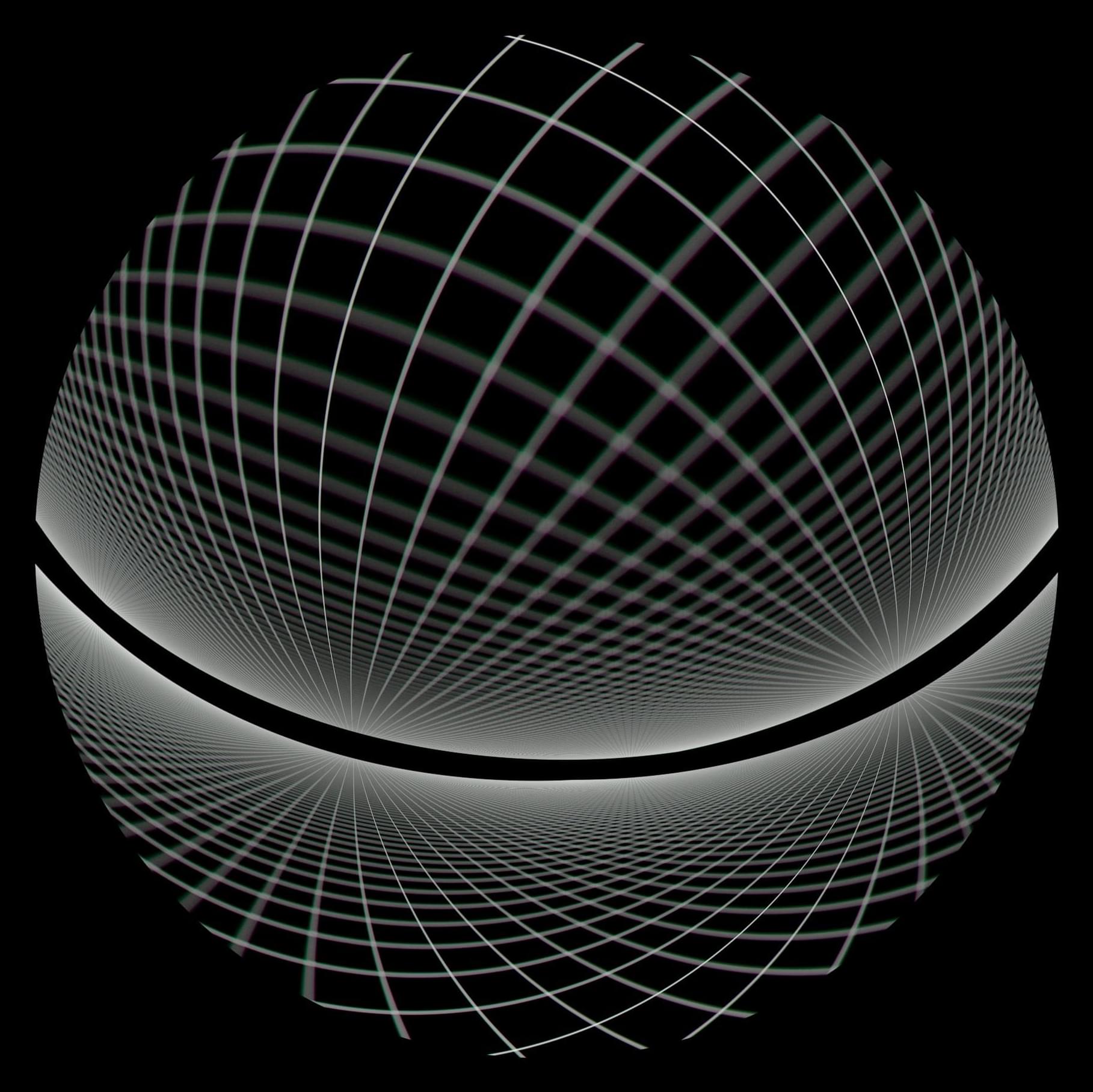Addressing a major roadblock in next-generation photonic computing and signal processing systems, researchers at the Harvard John A. Paulson School of Engineering and Applied Sciences (SEAS) have created a device that can bridge digital electronic signals and analog light signals in one fluid step.
Built on chips made out of lithium niobate, the workhorse material of optoelectronics, the new device offers a potential replacement for the ubiquitous but energy-intensive digital-to-analog conversion and electro-optic modulation systems used all over today’s high-speed data networks.
“Optical communication and high-performance computing, including large language models, relies on conversion of massive amounts of data between the electrical domain—used for storage and computation—and the optical domain used for data transfer,” said senior author Marko Lončar, the Tiantsai Lin Professor of Electrical Engineering at SEAS.








